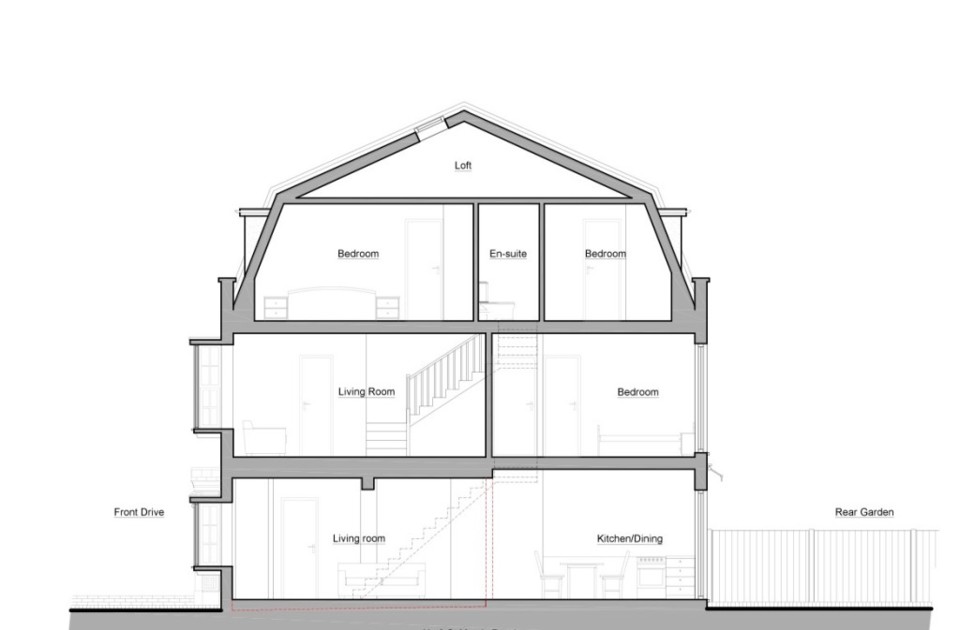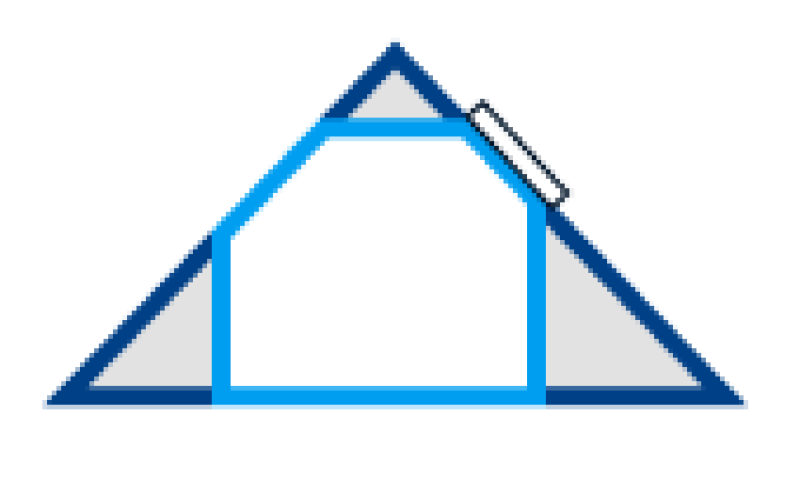What types of conversions are available?
Velux (Roof Light)
A Velux (Roof Light) Conversion is Converting your loft without changing any of its original shape. Good for higher roofs where head height isn’t a problem. Velux are the leading manufacturer of roof windows, with more than half a century of industry experience. Velux windows are designed to fit flush with the line of the roof. Only a small amount of alterations are required to the roof for fitting, this option helps keep the cost of a Loft Conversion down.
Dormer
A dormer is reshaping the roof to give greater internal height and space; there are many different styles of Dormer. In most cases dormers are located on the side or rear of the roof, although more picturesque dormers can face towards the front (subject to planning permission). Velux windows can be utilised to provide extra natural light. French windows can also be fitted in dormers providing vast amounts of natural light and ventilation. Flat roof dormers allow you to gain the maximum internal space in your loft conversion. Bonnet dormers are a more attractive option but this gives less internal space.
Hip to Gable
A Hip to Gable dormer extends the hip of your existing roof into a Gable end. This gives a greater roof space and also enables a larger rear dormer to be constructed maximising your interior space. This type of loft conversion is most popular in traditional semi-detached houses (although great in any hipped roof) enabling the new stairs to go over the existing stairs minimising lost space in original living area.






